Introduction
Summer in the construction industry brings its own set of challenges, with high temperatures and intense sun exposure being at the forefront. For construction workers, choosing the right hot weather shirt is not just a matter of comfort; it's a critical decision impacting health and safety. In this article, we dive into the world of summer construction wear, highlighting shirts that not only provide relief from the heat but also ensure safety on the job. From breathable fabrics to SPF ratings, every aspect is tailored to meet the specific needs of those who build our world under the summer sun.
Let's get cracking...
The Criteria for Selecting the Right Hot Weather Shirts
When it comes to selecting the best hot weather shirts for construction workers, several key factors must be considered to ensure both comfort and safety during long, hot summer day on the job site. These criteria form the backbone of our evaluations:
- Breathability: The ability of the fabric to allow air and moisture to pass through is crucial. Breathable fabrics help in regulating body temperature and reducing the risk of overheating in warm weather.
- Sun Protection: Prolonged exposure to the sun's rays can be harmful. Shirts with a high SPF (Sun Protection Factor) rating provide essential protection against UV rays. An SPF rating indicates the level of protection the fabric provides; for instance, a shirt with SPF 50 means it allows only 1/50th of the sun's UV radiation to reach the skin.
- Moisture-Wicking: This feature is vital for keeping the skin dry and comfortable. Moisture-wicking fabrics draw sweat away from the body to the exterior of the shirt, where it can evaporate more easily.
- Durability: Construction work is demanding, and the clothing needs to withstand tough conditions. Durability is key to ensuring the shirt lasts longer while maintaining its protective features.
- Fit: A good fit is not just about comfort; it also plays a role in functionality. Shirts that are too tight may restrict movement, while those that are too loose can pose safety hazards on a construction site.
These criteria will guide our assessment of the best hot weather shirts, ensuring that each recommendation meets the high standards required for construction work in the summer high heat.
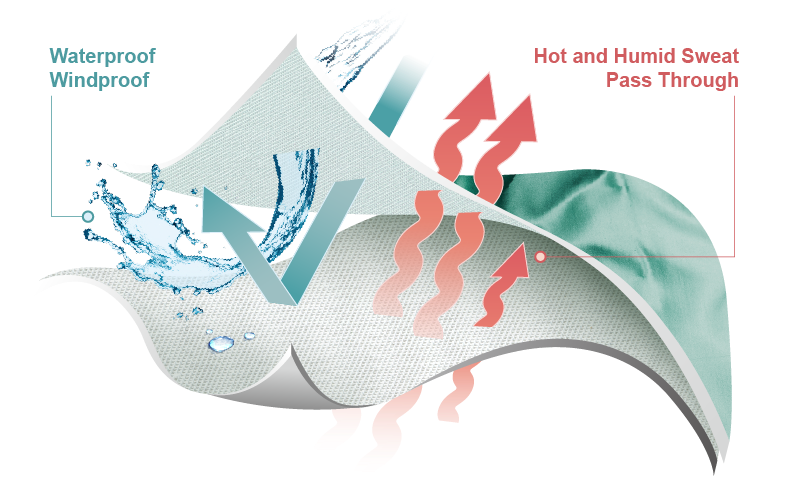
Breathable Fabrics for Hot Weather
In the scorching heat of summer, especially for construction workers, the choice of fabric is pivotal. Breathable fabrics are key in managing body temperature and providing comfort during long hours under the sun. Here's why and how these fabrics make a difference:
- Natural Fibers: Fabrics like cotton and linen are known for their natural breathability. They allow air circulation, making them ideal for hot temperatures. For example, a classic cotton blend work shirt provides a balance of comfort and durability, suitable for the demanding conditions of a construction site.
- Modern Innovations: Some brands have pushed the envelope in creating breathable work shirts. Take, for instance, Columbia’s PFG (Performance Fishing Gear) line. While designed for fishing, these shirts offer features beneficial for construction work, like advanced cooling technologies and vented designs for enhanced air flow. This makes them a great option for hot days and a candidate for best work shirt.
- Disadvantages of Certain Natural Fabrics: It's important to note that while natural fibers like cotton are breathable, they might not be the best choice for intense physical labor, as they can retain moisture. A common phrase in the hiking community is "cotton is rotten" or "cotton kills." This is where a blend of natural and synthetic fibers can be advantageous and ensure a highly breathable shirts.
- Synthetic Fibers: Fabrics such as polyester are not traditionally known for breathability but have been revolutionised with modern technology. Brands have developed synthetic blends that offer breathability comparable to natural fabrics, often with added benefits like moisture-wicking and quick drying.
In conclusion, breathable fabrics, whether natural or technologically enhanced, play a crucial role in providing comfort and safety for construction workers in hot weather. The right fabric helps to prevent heat illness, ensuring workers remain cool and efficient throughout their day.
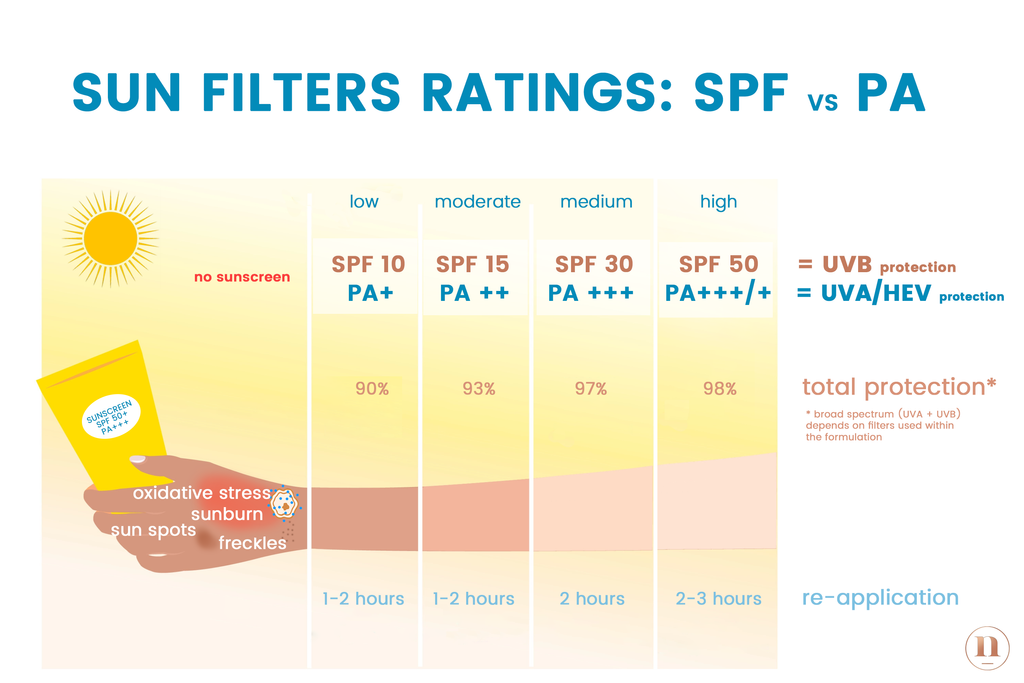
Balancing Sun Protection and Comfort
Sun protection is a critical factor for construction workers spending long hours outdoors. The right hot weather shirt not only offers comfort but also guards against harmful UV rays. Here's how to strike a balance between sun protection and comfort:
- SPF Rating: SPF, or Sun Protection Factor, measures a fabric's ability to block UV rays. Shirts with a high SPF rating provide better sun protection. For instance, a shirt with an SPF of 50 will allow only 1/50th of the sun's UV rays to penetrate the fabric, significantly reducing skin exposure. Brands like Coolibar offer shirts specifically designed with high SPF ratings, ensuring maximum sun protection for outdoor workers.
- Long vs. Short Sleeves: While short sleeves might seem more comfortable in the heat, long-sleeve shirts offer better protection against UV rays. Modern fabric technologies have made long sleeves a viable option even in hot weather, offering lightweight and breathable materials that don't sacrifice comfort for protection.
- Added Features for Comfort: Many brands incorporate features like underarm vents or 'pit vents' to enhance airflow in long-sleeve shirts, ensuring the wearer stays cool. These design elements are particularly beneficial in humid weather conditions where additional ventilation can make a significant difference.
- Light-Colored Clothing: Lighter colors reflect sunlight better than darker ones, contributing to a cooler experience. Choosing a light-colored shirt can provide both sun protection and a more comfortable temperature.
In summary, the best hot weather shirts for construction workers will combine high SPF ratings, thoughtful design like long sleeves with added ventilation, and light colors to offer maximum protection and comfort in the sun.

The Power of Moisture-Wicking Fabrics
The role of moisture-wicking fabrics is vital in the hot weather gear of construction workers. These materials are engineered to draw sweat away from the body, facilitating a cooler and more comfortable working experience. Let's delve into the specifics of these innovative fabrics:
- Mechanism of Moisture-Wicking: These fabrics, primarily synthetic fibers, are designed to transport sweat from the skin to the surface of the fabric, enabling quick evaporation. This process helps in maintaining a steady body temperature and avoids the discomfort of wet clothing.
- Comparing Fibers: Natural fibers like cotton, while breathable, tend to absorb moisture, leading to a sensation of dampness and heaviness. In contrast, synthetic fibers like polyester excel in moisture-wicking, offering a dry and comfortable feel even during strenuous activities.
- Prominent Brands: Renowned for their functional workwear, brands like Under Armour and Nike have developed moisture-wicking shirts tailored for physically demanding jobs. Additionally, Swazi, a brand from New Zealand, offers innovative moisture-wicking work shirts, known for their durability and comfort, perfectly suited for the rugged demands of construction work.
- Impact on Comfort and Safety: Moisture-wicking shirts not only enhance comfort but also play a significant role in occupational safety. By keeping the body dry, they reduce the risk of heat stress and other heat-related health concerns, which is paramount for workers in hot environments.
In summary, moisture-wicking shirts are a cornerstone in a construction worker's summer wardrobe, bridging the gap between comfort and safety. They stand as a testament to how modern fabric technology can significantly improve the working conditions in the construction industry.
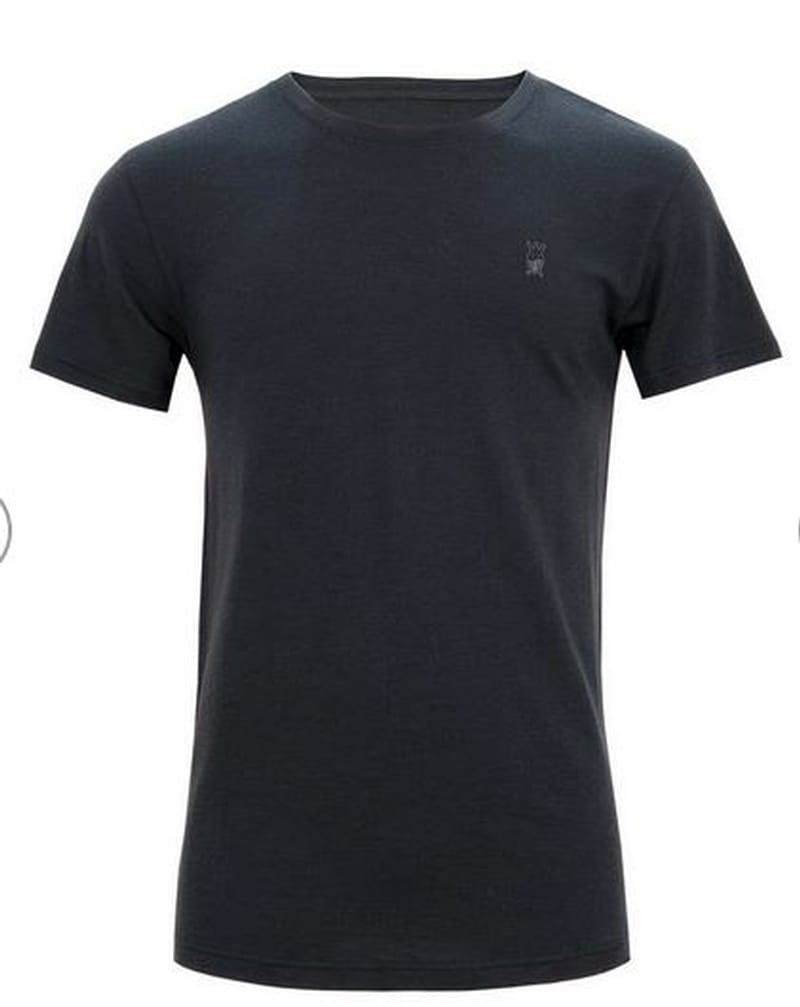
The Pros and Cons of Merino Wool in Hot Weather Shirts
Merino wool has gained popularity in various types of clothing, including construction workwear for hot weather. However, it’s important to weigh its advantages and disadvantages:
- Advantages: Merino wool is renowned for its natural moisture-wicking properties and breathability. It’s also incredibly soft, providing comfort for long periods of wear. Its odor-resistant qualities are an added benefit for workers who spend long hours outdoors.
- Durability Concerns: One notable drawback of Merino wool is its durability. Pure Merino wool garments may not withstand the rigorous demands of construction work over time, showing signs of wear more quickly than synthetic blends.
- Merino Blends for Enhanced Durability: To counter this issue, many brands offer Merino wool blends, combining it with stronger fibers like polyester. This blend enhances the durability while retaining the moisture-wicking and comfort properties of Merino wool. An example is Icebreaker’s Merino blend shirts, which offer the best of both worlds.
- Swazi’s Merino Offerings: Swazi, a brand from New Zealand, also provides high-quality Merino wool shirts. Their designs focus on the needs of outdoor workers, offering durability and comfort suitable for hot weather construction environments.
In conclusion, while Merino wool offers exceptional comfort and moisture management, its pure form might lack the necessary durability for construction work. Merino blends, however, can provide an excellent balance, making them a viable option for construction workers seeking comfort and longevity in their workwear.
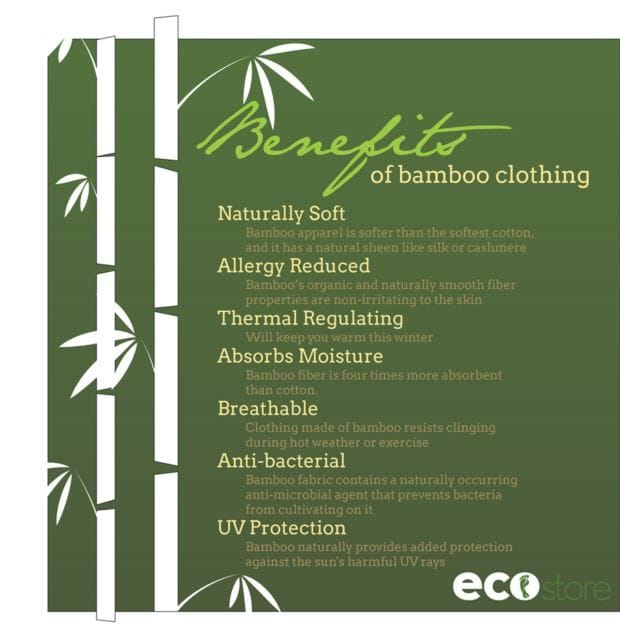
Bamboo Fabric Shirts for Construction Work
Bamboo fabric (made from bamboo wood pulp) is increasingly becoming a popular choice in the construction industry for hot weather attire due to its unique properties. Here we explore the advantages and disadvantages of bamboo fabric shirts, along with examples of high-quality brands:
Advantages of Bamboo Fabric Shirts
- Breathability: Bamboo fabric is highly breathable, allowing for excellent air circulation, which is crucial in hot weather and strenuous outdoor activities.
- Moisture-Wicking: It has natural moisture-wicking properties, helping to keep the wearer dry and comfortable during intense physical labor.
- Softness and Comfort: Bamboo fabric is known for its softness, providing a comfortable fit, which is essential for long hours on a construction site.
- Eco-Friendly: Bamboo is a sustainable resource, making bamboo fabric shirts an environmentally friendly choice.
- Natural UV Protection: Bamboo fabric offers natural protection against the sun's harmful UV rays.
Disadvantages of Bamboo Fabric Shirts
- Durability Concerns: While bamboo fabric is generally durable, it may not be as resilient as some synthetic blends, especially in extremely rough conditions.
- Cost: Bamboo fabric shirts can be more expensive compared to traditional cotton or synthetic options.
Brands Offering High-Quality Bamboo Fabric Shirts
- tasc Performance: Known for their commitment to comfort and sustainability, tasc Performance offers a range of bamboo fabric shirts that are both breathable and moisture-wicking, ideal for construction workers.
- Free Fly Apparel: Specializing in bamboo blends, Free Fly Apparel provides shirts that combine the softness of bamboo with the durability needed for construction work.
- Bamboo Clothing (BAM): BAM is renowned for its wide range of bamboo clothing, including work shirts that are not only eco-friendly but also practical for hot weather conditions.
Incorporating bamboo fabric shirts into your wardrobe can offer a unique blend of comfort, functionality, and sustainability. While they may come with a higher price tag and slightly less durability than some synthetic options, their breathability, moisture-wicking capabilities, and eco-friendliness make them a worthwhile consideration.
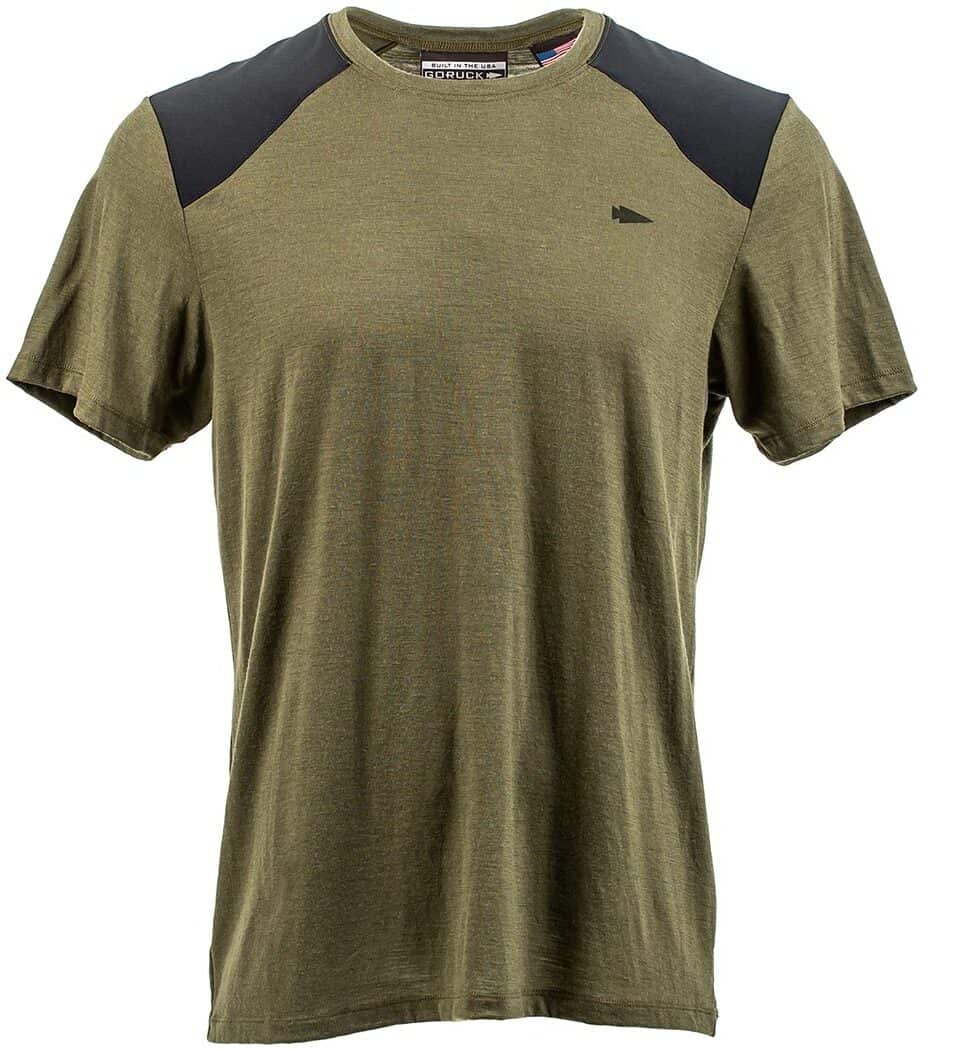
Durable Shirts for Rugged Environments
In the demanding world of construction, especially during summer, selecting the right shirt is crucial. It must withstand the harsh environment while providing comfort and protection. Here's a detailed look at some shirts and their suitability for different conditions:
- Goruck:
- Pros: Known for military-grade durability, Goruck’s shirts are exceptionally tough, with reinforced stitching and abrasion-resistant materials. Merino and blend of polyester.
- Cons: These shirts can be heavier and less breathable compared to others.
- Best Suited For: Ideal for highly abrasive tasks where durability is paramount.
- Kuhl:
- Pros: Kuhl’s shirts excel in durability and comfort, featuring stretchable fabrics for enhanced mobility, a great summer workwear choice.
- Cons: They may not offer the same level of moisture-wicking as other specialized fabrics.
- Best Suited For: Perfect for tasks requiring a lot of movement and moderate exposure to harsh conditions.
- Western Rise Session Tee:
- Pros: Its micro mesh polyester construction offers supreme breathability and durability, Good for humid environments, loose weaves.
- Cons: Less effective in extreme cold or wet conditions.
- Best Suited For: Great for hot, dry environments where air circulation is key.
- Patagonia Capilene Cool Lightweight Shirt:
- Pros: Lightweight and excellent at moisture-wicking, it’s designed for keeping cool in heat. Great choice to keep your body cool.
- Cons: Might lack the ruggedness needed for heavy-duty construction work.
- Best Suited For: Ideal for high-temperature environments, hot summer weather, with low abrasion risks.
- Icebreaker Merino Blend Shirts:
- Pros: Combines moisture-wicking properties of Merino wool with durability of man-made fiber (synthetic fibers).
- Cons: Can be more expensive than other options.
- Best Suited For: Suited for varied temperatures, offering comfort and durability in the summer heat.
- Swazi (one of our top choices)
- Pros: Offers resilience and comfort, handling challenging conditions well. Moisture-wicking technology.
- Cons: Some styles may be less breathable.
- Best Suited For: Great for rough outdoor conditions where toughness is essential.
- Helikon Tex:
- Pros: Known for tactical durability, their shirts are functional and comfortable.
- Cons: Styles may be more utilitarian and less suited as work clothes.
- Best Suited For: Ideal for heavy-duty tasks in challenging terrains. Best "office/site long sleeve style shirt.
- BALEAF Men’s Short Sleeve Shirts:
- Pros: Breathable nylon material with UPF 50+ rating, good for sun protection.
- Cons: May not provide the same level of durability as thicker fabrics.Regular fit.
- Best Suited For: Excellent for high-sun exposure tasks with moderate physical demands.
- Columbia Men’s Terminal Tackle Hoodie:
- Pros: Offers full arm protection with UPF 50+ and quick-dry material, loose fit. Hoodies are a the best option for neck sun protection.
- Cons: The hoodie style may not be suitable for all work environments.
- Best Suited For: Great for tasks with direct sun exposure and a need for quick drying.
- MAGCOMSEN Men’s Short Sleeve T-Shirt:
- Pros: Stretchy sleeves and quick-dry material offer flexibility and comfort.
- Cons: May not be as durable as some other brands.
- Best Suited For: Suitable for moderately intense tasks in warm climates.
- Hanes Men’s Long-Sleeve Hiking Shirt:
- Pros: Provides basic moisture-wicking with UPF 50+, at an affordable price.
- Cons: Lacks the technical features and durability of more specialized brands.
- Best Suited For: Good for general construction work in sunny conditions.
Each of these brands offers unique advantages depending on the specific needs of construction work, whether it’s durability, sun protection, or moisture management. Choosing the right shirt can greatly influence comfort and performance in various work environments.
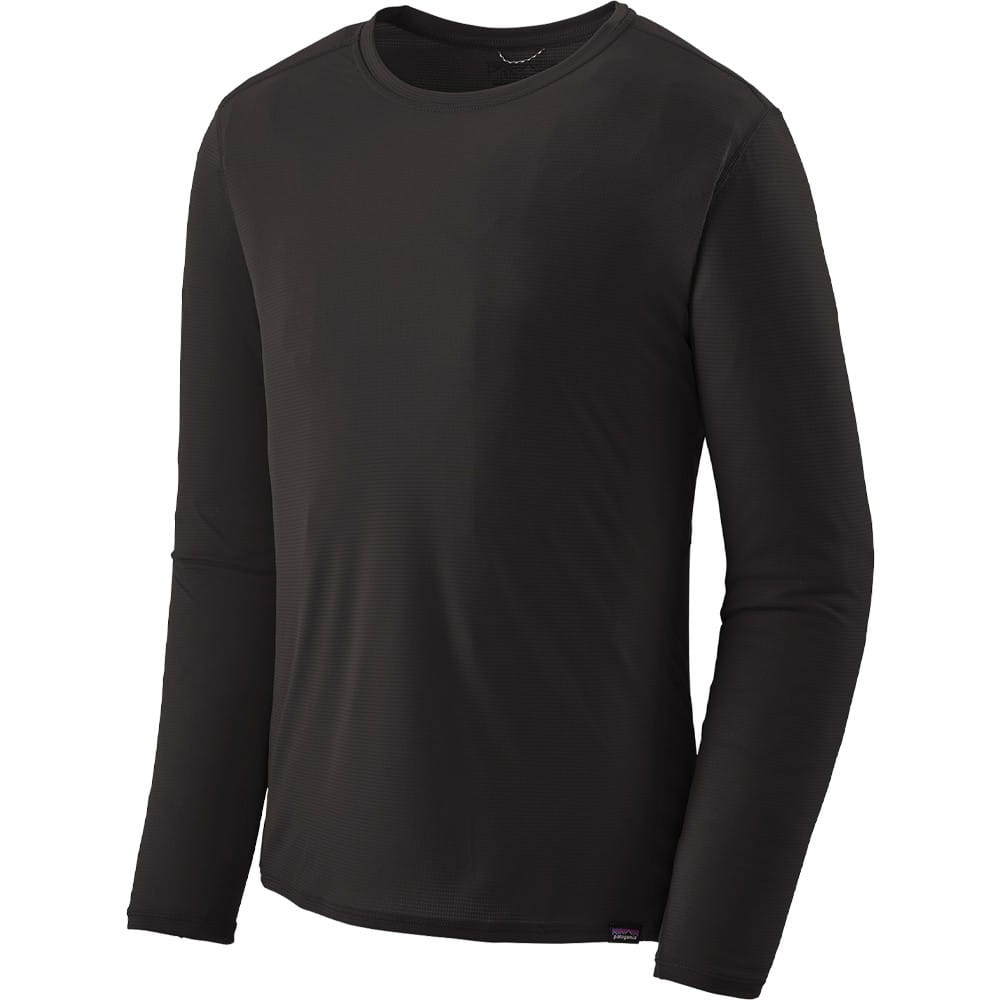
Conclusion and Recommendation
In conclusion, the selection of the right hot weather shirt for construction work is a critical decision. It impacts not just comfort but also safety and productivity. From durable options like Goruck’s military-grade shirts to the moisture-wicking and lightweight designs of Patagonia’s Capilene line, there is a wide array of choices available.
Recommendation: After careful consideration of durability, breathability, moisture-wicking properties, and suitability for various work environments, the Patagonia Capilene Cool Lightweight Shirt stands out as a top recommendation. Its combination of lightweight feel, excellent moisture management, and durability strikes a perfect balance for construction workers. It provides essential protection from the sun while ensuring the wearer stays cool and dry, even on the hottest days. This shirt is particularly recommended for those working in conditions that require a high degree of movement and are not excessively abrasive.
Remember, the best shirt for you may vary depending on specific work conditions and personal preferences. It's advisable to consider the pros and cons of each option in relation to your unique work environment to make better choices.
Frequently Asked Questions (FAQs)
- What makes a shirt suitable for hot weather construction work?
- A suitable shirt combines breathability, moisture-wicking properties, sun protection, and durability to withstand the rigors of construction work in hot weather.
- Can long sleeve shirts be comfortable in hot weather?
- Yes, modern long sleeve shirts designed with lightweight and breathable materials can provide sun protection without sacrificing comfort.
- How important is SPF rating in construction work shirts?
- SPF rating is crucial as it indicates the level of protection the fabric provides against UV rays, which is vital for outdoor workers.
- Are synthetic fabrics better than natural ones for hot weather shirts?
- Synthetic fabrics often offer better moisture-wicking and quick-drying properties, making them suitable for hot weather. However, natural fabrics like cotton are more breathable but may not wick moisture as effectively. Cotton retains moisture and gets heavy and stinky!
- How often should I replace my hot weather construction shirts?
- This depends on the frequency of use and the durability of the shirt. Regular inspection for wear and tear is advisable to ensure ongoing protection and comfort. Once you’ve blown a few holes in it its time to replace it or retire it to window cleaning duties!


